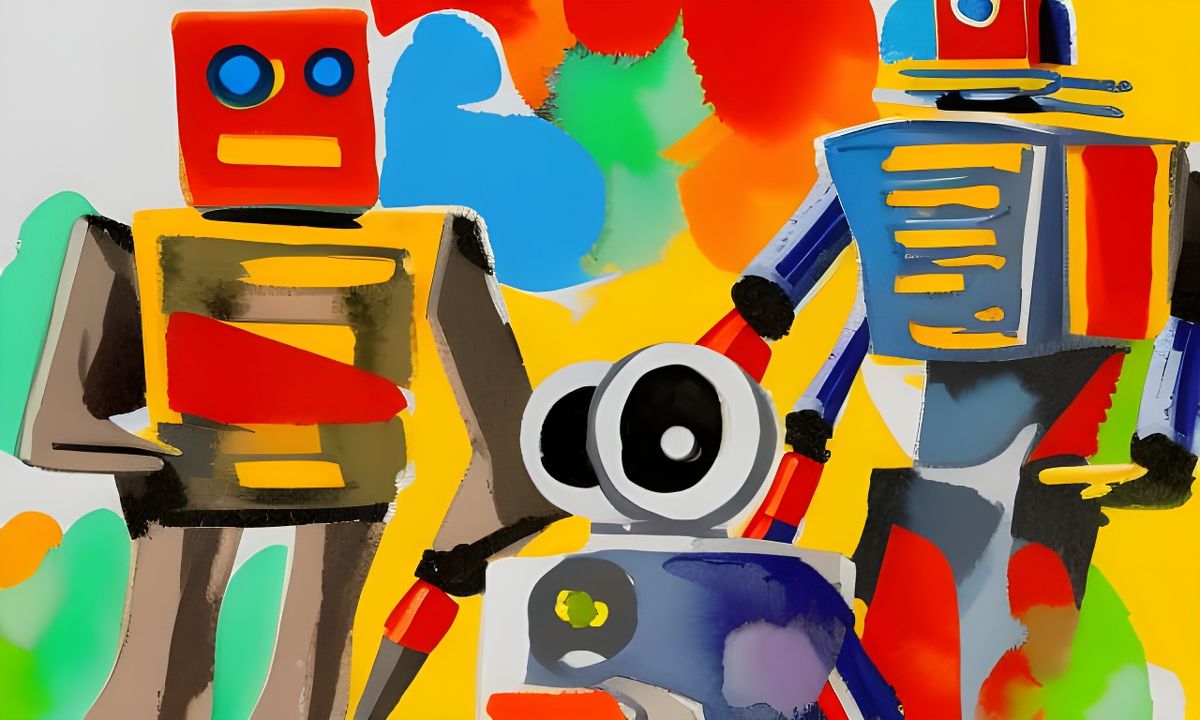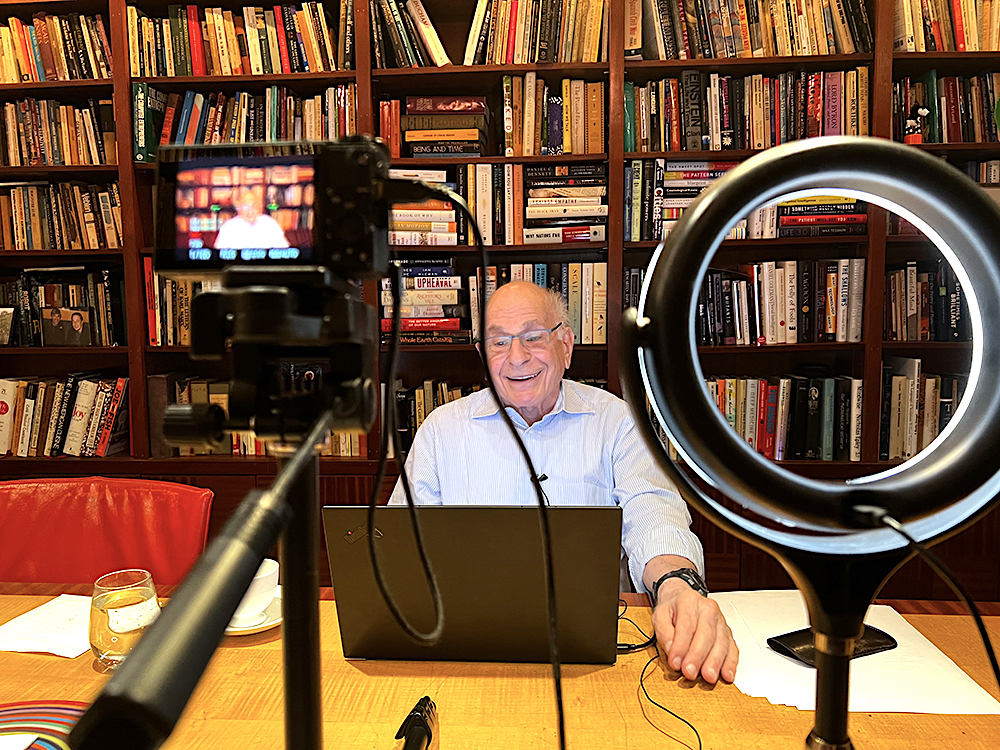Adversarial Collaboration (#85)
Break the endless cycle of critique → reply → rejoinder by embracing adversarial collaboration, a method to solve problems more quickly and transparently.

Many of our jobs can be reduced down to resource planning and managing opportunity costs, weighing the benefits of doing this over that. Often we are confronted with opposing choices where we can only afford (be it time, money, or resources) to choose one. Making the challenge harder, these choices are commonly presented by passionate, smart, and talented people who believe their solution is the right path. This conundrum leads many to defer a decision, delaying or even deadlocking progress, the exact opposite of what we need in this moment.
"If you choose not to decide
You still have made a choice"
- Rush, lyrics from the song Freewill
Opposing teams become adversaries, entering the endless cycle of critique → reply → rejoinder which causes friction, builds silos as well as animosity, and reduces transparency. Breaking the deadlock by simply choosing one solution over the other does nothing to solve the hostile environment the teams have created. Instead we consider adversarial collaboration, where two clashing parties jointly engage in a method to solve the problem more quickly and efficiently. In addition to allowing progress to be made, adversarial collaboration increases accountability, leverages organized skepticism, reduces bias in our decision making, and minimizes ambiguity.
To begin the parties must agree on the problem to be solved, where each makes a good faith effort to articulate the other's position, a declaration that both sides have been heard and understood. Next they jointly design test measures where both parties commit to update their beliefs based on the results, know as the conditions of falsifiability. Critically, these tests have the potential to change minds.
“The power of reasons is an illusion. The belief will not change when the reasons are defeated. The causality is reversed. People believe the reasons because they believe in the conclusion.” - Daniel Kahneman
A neutral arbiter may be necessary to keep pressure on both teams to act reasonably and be good participants. The arbiter will be sensitive to attempts at re-trading, whereby we make a commitment and then try to change the rules. This is a great role for the Tie-Breaker to take.
After tests are conducted, the observable results are jointly published and communicated. This communication should begin with what the parties agree on, followed by where the parties still have differences and may require an additional round of testing to make advances. The collaborative results will favor the most defensible solution over the most sensational. The language will be more moderate and nuanced and less ambiguous than if it had been produced by a single party due to each side acting as a check for bias, skewed results, and interpretation.
The goal of collaboration here is to learn, not to win. Adversarial collaboration can be applied to any area where approaches contradict. It will help converge ideas and move quicker to a solution based on truth and data rather than opinion and emotion. It encourages more openness and curiosity — we act as a detective to solve a problem rather than a defendant to our stated position. This approach encourages transparency and collegiality among peers (grows the tribe) rather than supporting adversarial relations (us vs them).
Explore more about Adversarial Collaboration


The Paradox Pairs series is an exploration of the contradictory forces that surround us. A deeper study finds that these forces often complement each other if we can learn to tap into the strength of each. See the entire series by using the Paradox Pairs Index.





